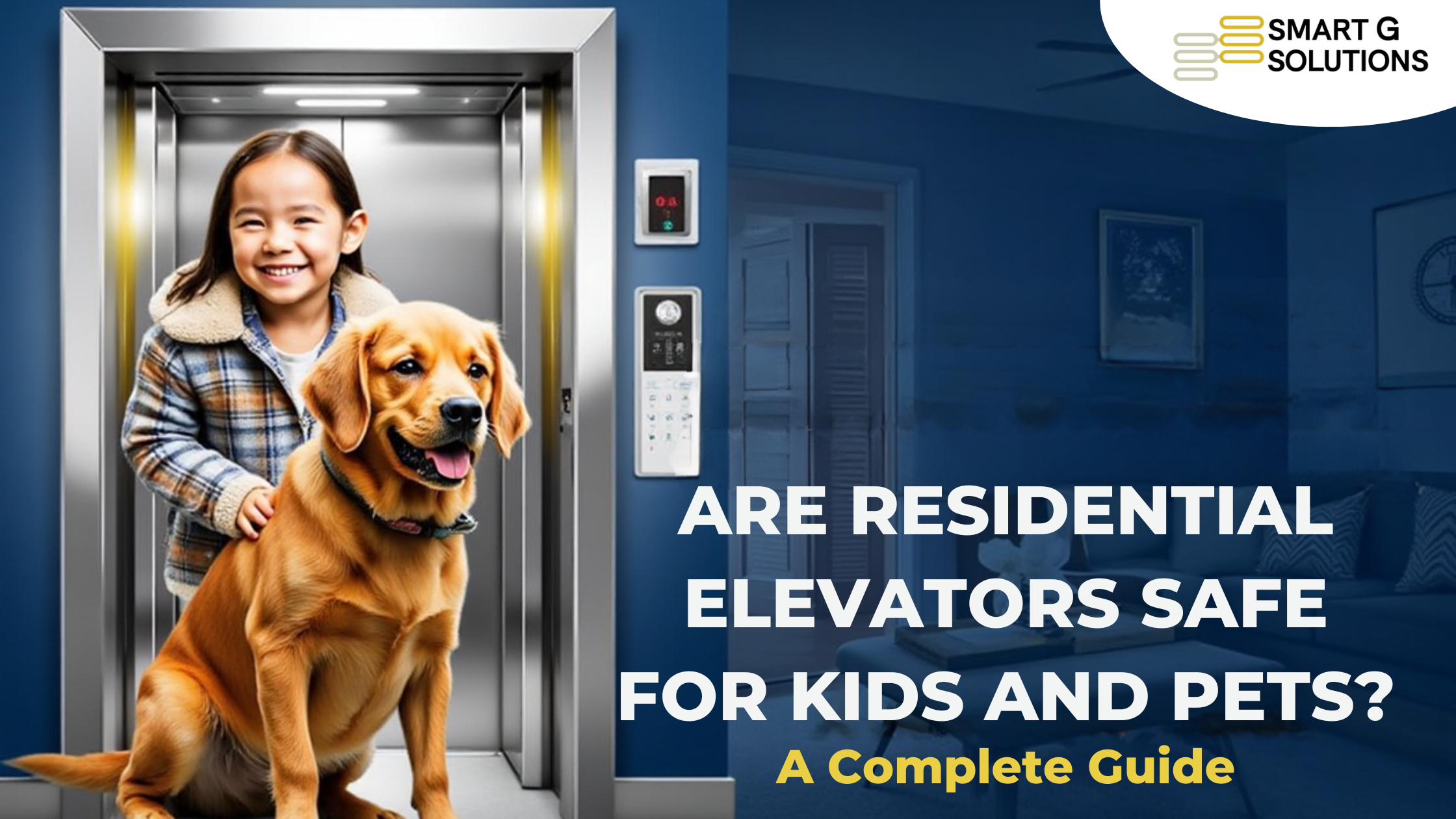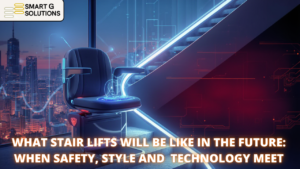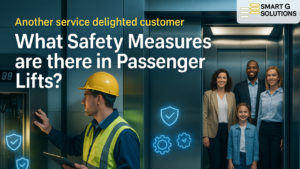Introduction
Residential elevators have become increasingly popular in modern homes—not only as a luxury addition but also as a practical solution for multi-level living. For elderly individuals and those with mobility issues, elevators can offer independence and safety. However, for households with small children or pets, a common concern arises: Are residential elevators truly safe?
This guide explores the key safety considerations, potential risks, and protective features of residential elevators, particularly when it comes to safeguarding your kids and pets. With the right information and safety mechanisms in place, your elevator can be a secure and reliable part of your home.
Understanding Residential Elevator Safety Standards
Residential elevators are subject to strict safety standards and codes designed to prevent accidents and injuries. These standards are enforced by regulatory authorities such as:
- ASME A17.1 / CSA B44 – These are the primary codes for elevator safety in North America.
- EN 81-20 and EN 81-50 – Standards for European residential elevator systems.
Most modern elevators are designed with multiple built-in safety features to ensure secure usage, even for the most vulnerable members of the household.
Common Safety Concerns for Kids and Pets
While residential elevators are built with safety in mind, there are a few specific risks that homeowners need to be aware of when children and pets are around:
1. Entrapment Risks
Children and pets may get their fingers, paws, or clothing caught between doors or in gaps between the elevator cab and shaft. Older elevator models may lack protective door systems that prevent such incidents.
2. Unsupervised Operation
Young children are naturally curious and may attempt to operate the elevator without adult supervision, leading to misuse or injury.
3. Pet Behavior
Pets—especially dogs and cats—may panic when the elevator moves or may attempt to jump out before the doors fully open, which can result in injury.
4. Cab-to-Door Clearance
Improper spacing between the elevator door and the hoistway door can be dangerous. Small children or animals can become trapped if there is too much space.
Essential Safety Features to Look For
If you are considering installing a residential elevator or already have one in your home, ensure it includes the following child- and pet-safe features:
1. Automatic Door Locking Systems
These prevent children from opening the elevator door unless the cab is present and aligned correctly.
2. Infrared Door Sensors
Much like commercial elevators, these sensors detect movement or obstruction in the doorway and prevent the doors from closing on a person or pet.
3. Emergency Stop Button
This allows immediate cessation of movement in case of emergency. Ideally, this button should be placed out of easy reach of small children.
4. Key Switch Controls
With key-operated access, you can control when and by whom the elevator is used. This is ideal for keeping usage restricted to adults or older children.
5. Interlocks and Safety Gates
Modern elevators use gate interlocks that prevent the cab from operating unless all doors are securely shut, which reduces the risk of falls or injuries.
6. Smooth and Quiet Operation
Elevators designed for residential use often have smooth acceleration and deceleration, which is less startling for pets and less likely to result in loss of balance.
Tips for Keeping Kids Safe Around Elevators
To make residential elevator use safe and stress-free, parents should follow these important guidelines:
- Supervise Children: Never allow toddlers or young kids to use the elevator alone.
- Teach Elevator Etiquette: Instruct older children on how to operate the elevator correctly—pressing buttons gently, standing still, and waiting for doors to open.
- Use Locks or Security Codes: Install a lock or access code system so that only authorized users can operate the elevator.
- Avoid Playing Near Elevators: Designate the elevator area as a no-play zone to avoid accidents.
Pet Safety and Elevator Use
For pet owners, here are some precautions to keep furry friends safe:
- Train Pets Gradually: Introduce them to the elevator slowly. Use treats or praise to help them associate the ride with a positive experience.
- Always Accompany Pets: Never allow pets to ride the elevator alone, especially cats or small dogs that might get startled or jump.
- Use a Leash: When accompanying pets in the elevator, keep them on a short leash to prevent sudden movement.
- Watch for Paws: Make sure pets are completely inside the cab and clear of the doors before initiating movement.
When to Consider a Safety Upgrade
If your current home elevator is an older model or doesn’t have some of the safety features listed above, it may be time to consider an upgrade or retrofit. Contact a certified elevator technician to evaluate:
- Gap between doors
- Mechanical wear and tear
- Sensor functionality
- Control panel height and child-accessibility
Routine maintenance checks are essential for ensuring ongoing safety for all users—including the four-legged kind.
Conclusion
So, are residential elevators safe for kids and pets? Yes—provided you invest in a quality system, use modern safety features, and establish clear rules for use. Like any other equipment in the home, residential elevators require responsible use, proper maintenance, and a touch of training for your family members.
Whether you’re thinking of installing a home elevator or already have one, take the necessary steps to create a secure environment. With the right precautions, you can enjoy the convenience and luxury of an elevator while keeping your children and pets completely safe.





